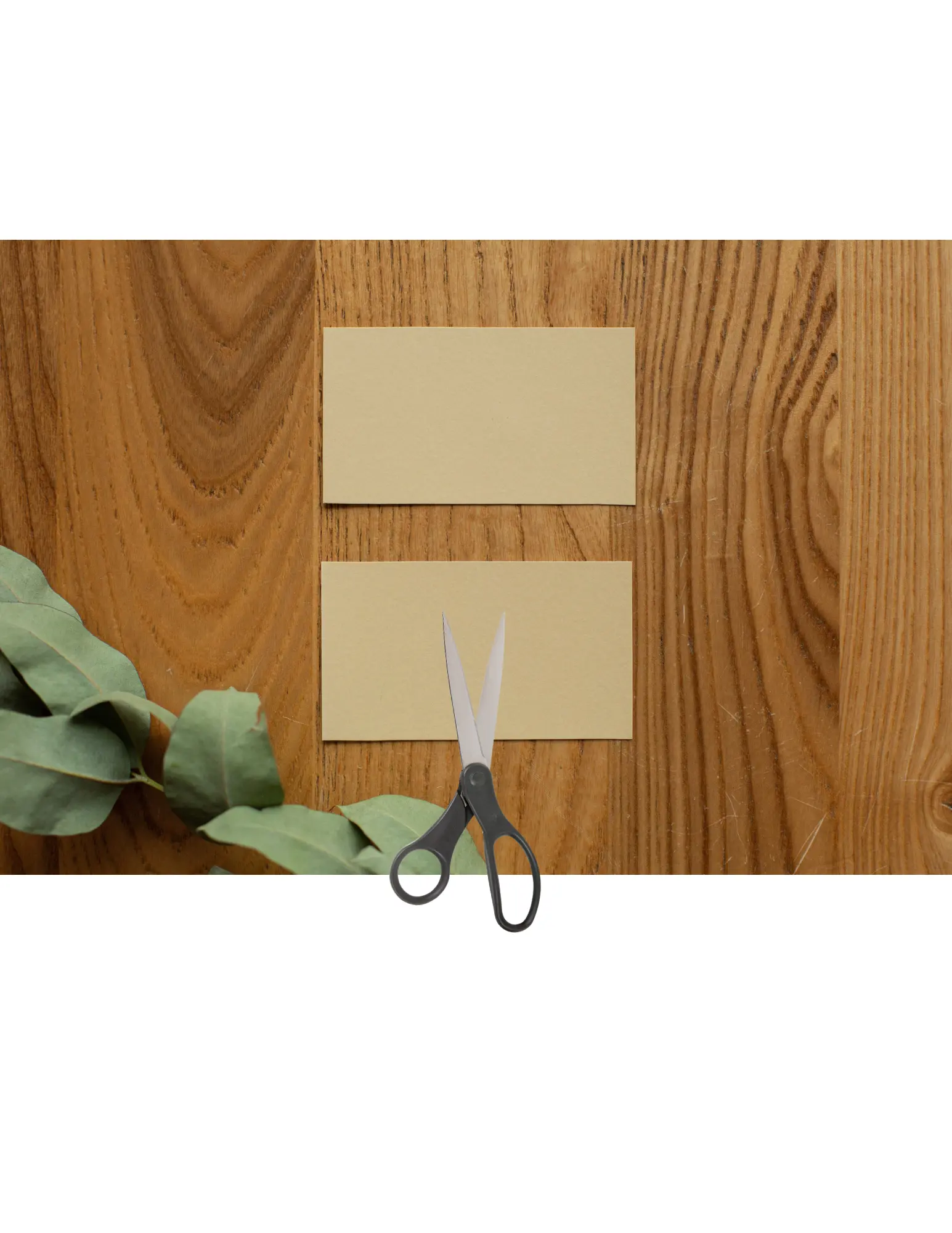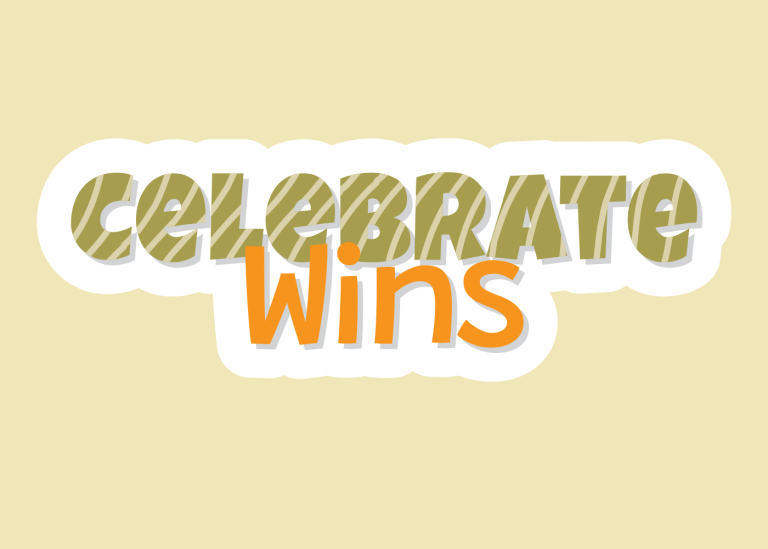Build Reading Fluency

How to Build a Personalized Reading Fluency Game
I Can Build Reading Fluency with This Simple (and Fun!) Decoding Game
Are you looking for an easy way to support your child’s reading fluency at home—especially if they have dyslexia or dysgraphia? Many parents are already doing a wonderful job making time to read with their kids, helping them grow vocabulary, decoding skills, and comprehension. Would you like to enhance what you are doing even more? What if you could use your reading routine to build a game that targets the exact words your child needs help with?
Here’s an easy activity to build reading skills: a custom Go Fish-style word game that supports fluency, confidence, and literacy—especially helpful for kids with reading challenges.
I can use the book we are ALREADY READING together for extra reading fluency practice!
When you read with your child, you’re not just sharing a story—you’re also gathering valuable insight into how they’re progressing as a reader. Struggled words are teachable moments. If your child skips a word, mispronounces it, or guesses, that’s data you can use.This approach is especially powerful for readers with dyslexia or dysgraphia, who benefit from explicit instruction, repetition, and hands-on games that make learning less stressful and more enjoyable.
We can “capture words” we want to learn more about and read more effortlessly.
Two Ways to Gather Words to Practice
- Before Reading: Skim the book and pick out words that might be tricky.
- During Reading: Underline or take note of which words are challenging during reading time. These become your word list for future practice.
Whether you prep ahead or react after, these words form the foundation of a personalized learning experience.
We can plan “Go Fish” with the words we capture.
Here’s how to turn those tricky words into a fun, fluency-boosting game.
What You’ll Need:
- Blank Index cards or cardstock
- Scissors
- Pen, pencil or favorite writing tool
Setup Instructions:
- Cut index cards in half (like in the picture) to make two cards per word.
- Parent and student each write the same word at the same time on both halves—this creates a matching pair.
- Talk about how the word is used, other related words, and examine how the spelling patterns or graphemes affect pronunciation.
💡 Pro Tip: Not sure how to explain a word or its spelling? Ask tools like ChatGPT for guidance. It’s not a replacement for a trained reading specialist and it’s not always correct, but it can help you start thinking about letter-sound patterns and meaning. If you’re working with a specialist for dyslexia or dysgraphia, bring those words to your sessions for additional support.
How to Play:
- Put all cards face down.
- Mix them up.
- Deal each player 3 cards.
- Players take turns asking each other for a matching word. Show the other player the card you are asking for as you read it.
- If a match is found, the player collects the pair and goes again.
- If not, the player draws from the pile.
- The game continues until all pairs are matched.
Each time your child sees and says the word, it reinforces spelling, pronunciation, and meaning.
After you play the game, go back and find the same words in the book, and re-read those sentences.
Listen to your instincts and modify this to make it work for you!
For example, if writing down words on the spot feels like it’s too much, try recording your child reading aloud. Listen back later to spot tricky words and build your card deck from there.



